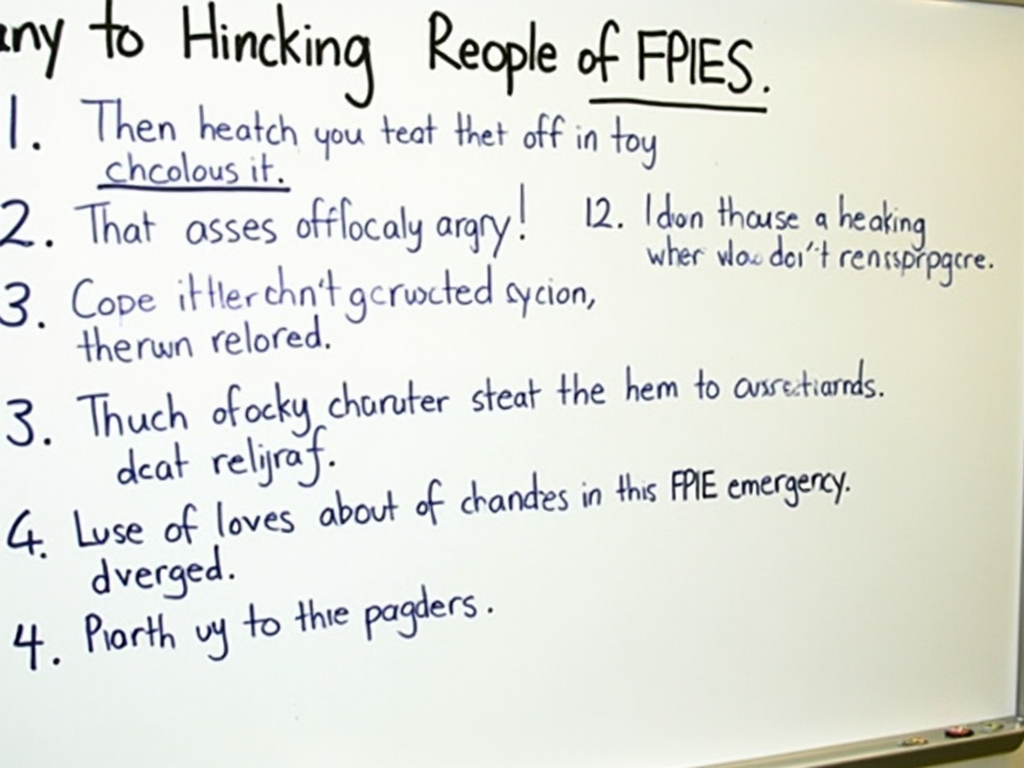Overview
Emergencies don’t wait for anyone, and schools need to be ready. This guide walks you through creating emergency response plans for schools, step by step. From natural disasters to food allergy emergencies, we’ll cover it all in simple terms to ensure safety and preparedness.
Imagine a school day interrupted by an earthquake or a student suddenly falling ill from a severe food allergy. These situations are scary, but a solid emergency response plan can make all the difference. I’ve seen firsthand how preparation saves lives—let’s dive into how you can create one for your school.

What Is an Emergency Response Plan?
An emergency response plan is a clear strategy that tells everyone in a school what to do when something goes wrong. It covers things like floods, fires, or even health emergencies like acute FPIES—a serious food allergy reaction. The goal? Keep everyone safe and calm.
Schools are busy places with lots of people, so planning ahead is key. A good plan reduces panic and helps everyone act fast. Whether it’s a tornado or a student with a food allergy needing help, your plan needs to be ready.

Step-by-Step Guide to Building Your Plan
Let’s break it down into five simple steps. Follow these, and you’ll have a solid emergency response plan for your school.
Step 1: Figure Out the Risks
Start by looking at what could happen at your school. Does your area get hurricanes? Earthquakes? Are there students with food allergies or conditions like FPIES? Knowing your risks helps you focus your plan.
For example, when I worked at a school near a river, flooding was our biggest worry. We made sure our plan included high-ground evacuation spots. Think about your school—what risks are unique to you?

Step 2: Create Clear Procedures
Once you know the risks, write down what to do for each one. Map out evacuation routes. Decide who calls 911. Make sure there’s a plan for students with special needs—like those with acute FPIES who might need fast medical help.
Keep it simple. One school I visited had a color-coded system: red for fire, blue for lockdown. Everyone knew what to do just by hearing the color. Clear procedures save time and lives.

Step 3: Practice, Practice, Practice
Training turns your plan into action. Hold drills for fires, lockdowns, and even allergy emergencies. I once saw a school practice a food allergy scenario—staff learned to spot symptoms and use emergency meds in minutes.
Make drills regular. Kids and teachers need to feel confident, not scared. The more they practice, the better they’ll handle a real crisis.

Step 4: Talk to Parents
Parents need to know the plan too. Share it at meetings or send it home. For kids with food allergies or FPIES, this is extra important—parents can help staff understand their child’s needs.
I remember a mom thanking us for explaining our allergy plan. She felt safer knowing we were prepared for her son’s peanut allergy. Open communication builds trust.

Step 5: Keep It Fresh
Your plan isn’t a one-and-done deal. Review it every year. Did a new risk pop up? Did a drill show a weak spot? Update it. A school I know added a lockdown step after a nearby scare—it kept them ready.
Diving Deeper: Special Considerations
Let’s look closer at some specific emergencies schools face and how to handle them.

Understanding Food Allergies: Building Safe School Environments
Food allergies are on the rise. Some kids just get itchy, but others face serious risks—like acute FPIES, where eating certain foods triggers vomiting and shock. Schools need to be ready.
Train staff to spot signs: hives, trouble breathing, or sudden sickness. Keep emergency meds like epinephrine handy. One school I saw had a ‘no-nut’ zone in the cafeteria—it worked wonders for safety.

Acute FPIES and School Safety
Acute FPIES is tricky—it’s a food allergy that hits the stomach hard. Kids can get dehydrated fast. Schools need a plan: spot the signs, call for help, and keep parents in the loop.
I talked to a nurse who handled an FPIES case. She said having a checklist—call 911, give fluids, notify parents—made it less chaotic. Preparation turned a scary moment into a managed one.

Real Stories, Real Lessons
In 2018, a school in Texas faced a tornado. Their emergency response plan got everyone to safety in under 10 minutes—drills paid off. Another time, a kid with FPIES got sick at lunch. Staff acted fast, and he was okay because they knew what to do.
These aren’t just stories—they’re proof that planning works. Your school can do this too. It’s about being ready, not perfect.

Quick Tips in a Table
Here’s a simple table to keep your plan on track:
| Step | Action | Why It Matters |
|---|---|---|
| Assess Risks | List potential emergencies | Focuses your plan |
| Make Procedures | Write clear steps | Reduces confusion |
| Train Everyone | Run drills regularly | Builds confidence |
| Tell Parents | Share the plan | Keeps families informed |
| Update Plan | Review yearly | Stays relevant |
Wrapping Up
Creating emergency response plans for schools isn’t hard—it’s about thinking ahead. Assess risks, make procedures, train everyone, talk to parents, and keep updating. Add in specifics like food allergy and FPIES plans, and you’ve got a safety net that works.
Take it from someone who’s seen it in action: a good plan saves more than just time—it saves lives. Start today, practice often, and keep everyone in the loop. Your school will be stronger for it.

Discuss Here